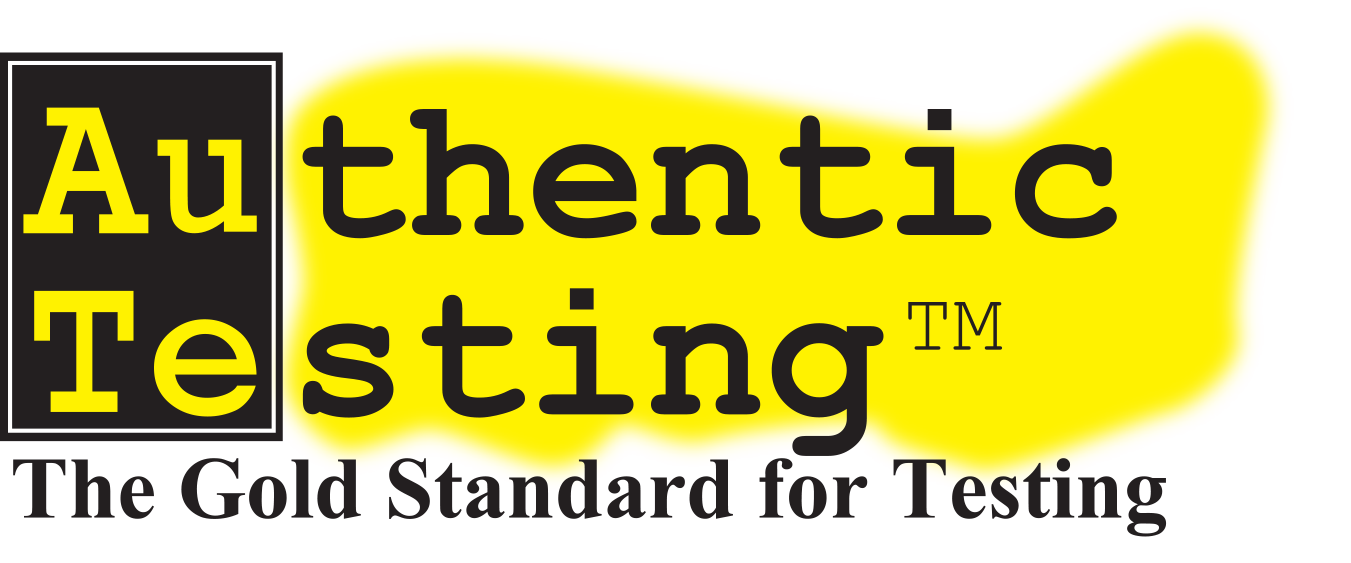At some point in all of our lives we've all come across a selected-response test comprised of multiple-choice, single-response questions. These tests, relatively inexpensive to develop and score, are familiar territory that all too often miss their intended marks. Well-intentioned test designers may have the statistical and assessment side of the process down pat, but fail to appreciate test content. This ultimately leads to a weaker or ineffective test.
The experience of Authentic Testing staff as actual item writers and reviewers, combined with our methods for eliciting focused items will help your subject-matter experts develop the best items for your tests. With our innovative approaches, we help our clients do multiple-choice testing efficiently yet defensibly.

Our Multiple Choice Testing Process
Recognize the Credentialing Body
The credentialing body is the organization legally responsible for administration of the test. It is the entity that will get sued if the test is invalid, biased or unreliable. The credentialing body establishes certification policies, procedures, and organizational structure to support the test.
Generate Test Specifications
We use both a facilitated JTA meeting and survey methods to align the test to the profession as it is actually practiced.
Conduct Item Writing and Review
We facilitate meetings for your subject-matter experts to develop test content and ensure accuracy.
Beta Testing
Collect statistical data about the items on the test (how difficult they are, how well they distinguish between more competent and less competent candidates) and, often, identify flawed items.
Forms Assembly
Using our Suitability Index, we maximize the reliability of the test when selecting the set of items to which a candidate will be exposed.
Standard Setting
Standard Setting is a process which determines the score a candidate needs to achieve to pass the test. Authentic Testing uses at least three different processes for standard setting, and applies the appropriate one to your needs.
Test Equating
When new forms of a test are introduced, the passing standard needs to be maintained. We identify the cut score for the new form that represents the same level of difficulty as the cut score for the previous form.
Score Reporting
Programmatically we prepare informative score reports with data visualization.
Test Maintenance
Periodic Health Check reports provide the information you need to maintain and continually improve a testing program.

